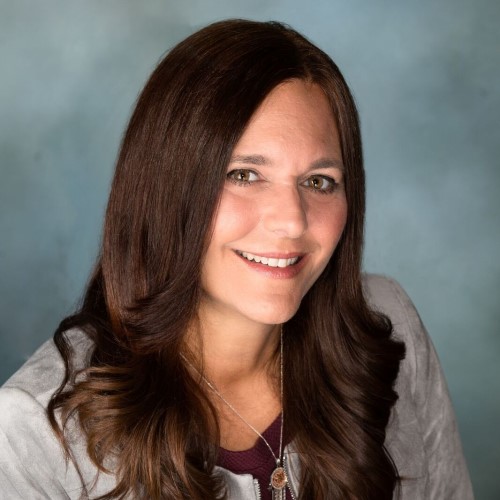The Creation of Next Generation Learning
February 01, 2023
President's Corner
What should education look like in its next iteration?
Before responding to a complex question such as this, our original ideas can be improved by consciously examining our insights, information and experience. To jumpstart the process, we must consider:
What does it mean to be educated?
What is the relationship between schools, society and the workplace?
What is the significance of relationships?
What is the value of human capital?
What is the role of technology now and in the future?
What is our relationship to the physical space?
What is the value of time?
These questions are fundamental to rethinking schooling. We must start at the beginning and think creatively. We recognize the skills our students need to succeed. The work is in students learning those skills to mastery, applying those skills to experiences that are important and meaningful, and sharing the work for feedback.
Many have criticized the concept of the Carnegie unit as outdated. In its place, they propose micro-credentialing and badging as a means of providing credit for skills attained to mastery. Initially, I found these new ideas intriguing. However, I wondered if this was yet another education fad that was not going to solve the problem: Is the problem seat time, the Carnegie unit or something else?
To answer this question, I pondered the purpose of schooling.
I do not think nor do I hope the purpose is only to master skills, which would be solved with micro-credentialing and badging. Rather, schooling should provide students with learning experiences, which cannot be defined by credits or seat time. Schooling’s goals should be defined by the opportunities we give our young people to experience each other and various content areas, subjects and themes and to gain the skills to navigate the learning process (attempt, assess, succeed or fail, retry and start all over again).
What is learning, and how do we apply structure and policy to promote meaningful learning? Imagine a school system that ensures students master a set of skills and provides an abundance of opportunity for students to take courses with themes that give a wealth of practical knowledge, force deep thinking about current local, regional and world issues and require college-level rigor and application of skills learned. Deepen that experience by creating an opportunity for workplace learning outside the school environment.
Is school about course study or learning? If it is about learning, does high school have to be four years of in-building learning? What structures and policies should be in place to promote real-world learning experiences?
I believe the greatest barrier to innovative and progressive learning experiences in our school systems is antiquated policy and structure. We try to promote innovative thinking, but we are constrained by the structures that limit that thinking and capacity. We jump on bandwagons in the hope that any change will get us out of the endless loop.
But the way out is to reinvent. To innovate, we must be free to think out of the box. To reinvent, we need to break free of the structures and policies that were designed to repeatedly manufacture the same product.
If we are to think about what education should look like in its next iteration, we must feel free to create the experience. After we have identified the problems, we can pose the solutions and create structure and policy that bring education into the 21st century. Retrofitting a solution to an old and persistent problem will not work.
Shari Camhi is AASA president in 2022-23. @BaldwinUFSD
Author
Advertisement
Advertisement
Advertisement
Advertisement




